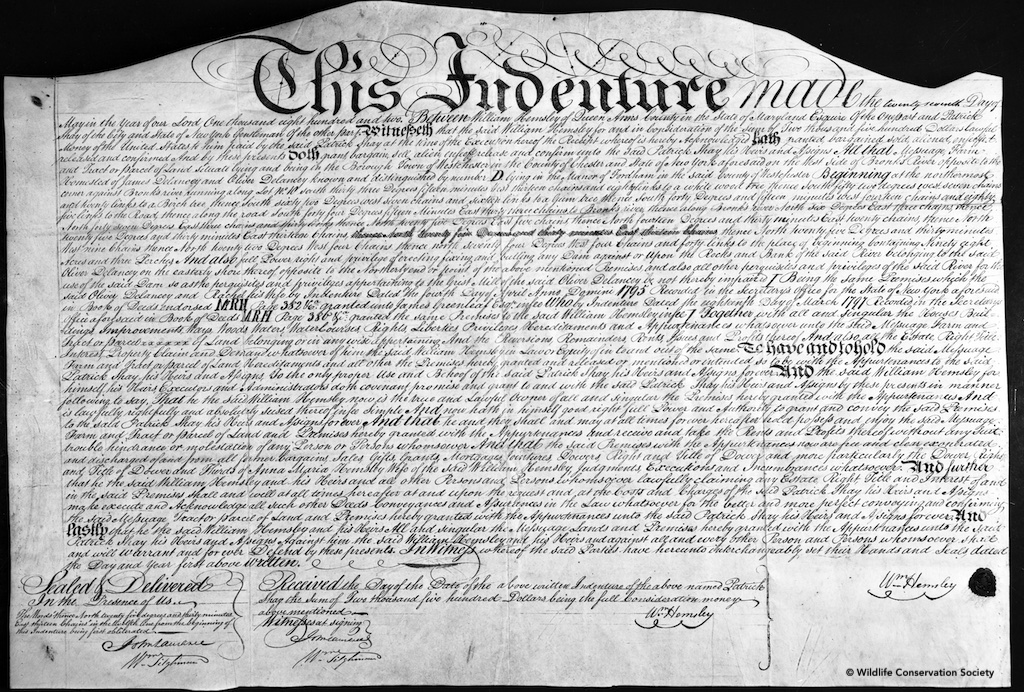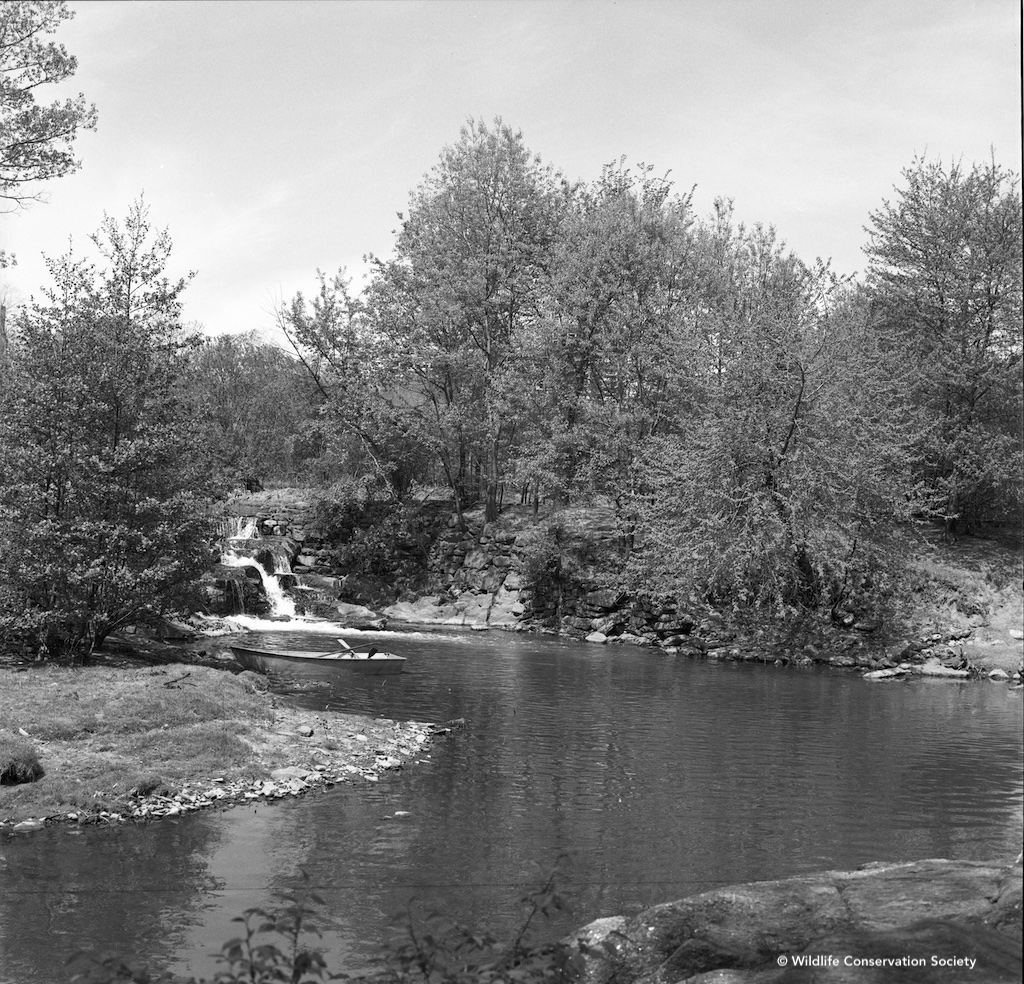This post was written by Shelda Zajmi. A Master of Information candidate at Rutgers University, Shelda worked during Fall 2021-Spring 2022 on the WCS Archives’ Photo Preservation Project funded by a New York State Library Conservation/Preservation of Library Materials Grant.
The Bronx Zoo was founded by the New York Zoological Society with the purpose of serving the public while promoting education and conservation. As laid out in the Society’s founding charter, the City of New York supported this endeavor by providing 250 acres of city park lands as well as annual funds for the Zoological Park’s maintenance, including upkeep of buildings and care for animals. The New York Zoological Society paid for animals, research, exploration, and conservation.
The choice to locate the Bronx Zoo in South Bronx Park was purposeful, and in the Society’s first Annual Report, one reason listed was its proximity to the New York Botanical Garden, which would be beneficial to both institutions. Another reason was the richness of the existing landscape. The southern portion of Bronx Park was described by the Bronx Zoo’s first director William Hornaday as having a “wonderful combination of hill and hollow, with high ridge and deep valley, of stream and pond, rolling meadow, rocky ledge and virgin forest of the finest description, all of which, by a happy combination of circumstances, have been preserved through all these years.” These features made the land adaptable to the needs of animal enclosures. Accessibility, to be reached by many from all classes and places, was another big consideration.

Prior to New York City’s ownership, much of the South Bronx Park land had been held by private landowners, including the ones who signed the 1802 deed above—an image I found during my work preserving WCS’s historical photo negative collection. Before these private landowners, however, the coastal Lenape known as the Unami lived in the Bronx River area. Their sister Lenape village, Quinnahung, was on the other side of the River near Clason Point. Indigenous Peoples were mindful of the River, viewing it as a watershed. The British viewed the River as a boundary between the groups and saw its potential for profit. This made the Bronx River, which was once clean enough to supply New York’s drinking water, highly polluted. To this day, the River still contains pollution.

Today, the Bronx River Alliance leads efforts to protect the Bronx River, and the Wildlife Conservation Society is a Bronx River Alliance partner. The Bronx Zoo also has a history of Bronx River clean-up days, such as the one that resulted in the photo I found above. According to the New York Zoological Society 1971 Annual Report, such clean-up days–which originally began as a project under the Community Affairs Officer’s coordination–were attended by Zoo personnel and local service and ecology groups, and set out to lay the groundwork for a more extensive Bronx River project in the future.
For more on the early history of the Bronx River, and what non-Indigenous people can learn from Indigenous connections to the environment and respect for wildlife, I recommend this Indigenous History of the Bronx River, from the Bronx River Alliance.

My father worked in the rowboat house on the Bronx River adjacent to the Boston road gate of the zoo. My first job was working on the zoo tractor trains, so we had Bronx Park in common. Have fond memories of living on E 181st one block from Bronx Park South for many years.
That’s wonderful, Robert! We love hearing stories of folks whose own histories are wrapped up in the zoo’s history. Thanks for sharing.